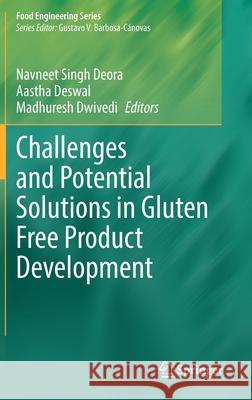Challenges and Potential Solutions in Gluten Free Product Development » książka
topmenu
Challenges and Potential Solutions in Gluten Free Product Development
ISBN-13: 9783030886967 / Angielski / Twarda / 2021 / 200 str.
Challenges and Potential Solutions in Gluten Free Product Development
ISBN-13: 9783030886967 / Angielski / Twarda / 2021 / 200 str.
cena 605,23
(netto: 576,41 VAT: 5%)
Najniższa cena z 30 dni: 578,30
(netto: 576,41 VAT: 5%)
Najniższa cena z 30 dni: 578,30
Termin realizacji zamówienia:
ok. 22 dni roboczych.
ok. 22 dni roboczych.
Darmowa dostawa!
Kategorie:
Kategorie BISAC:
Wydawca:
Springer
Język:
Angielski
ISBN-13:
9783030886967
Rok wydania:
2021
Ilość stron:
200
Waga:
0.45 kg
Wymiary:
23.39 x 15.6 x 1.27
Oprawa:
Twarda
Wolumenów:
01
Dodatkowe informacje:
Wydanie ilustrowane











